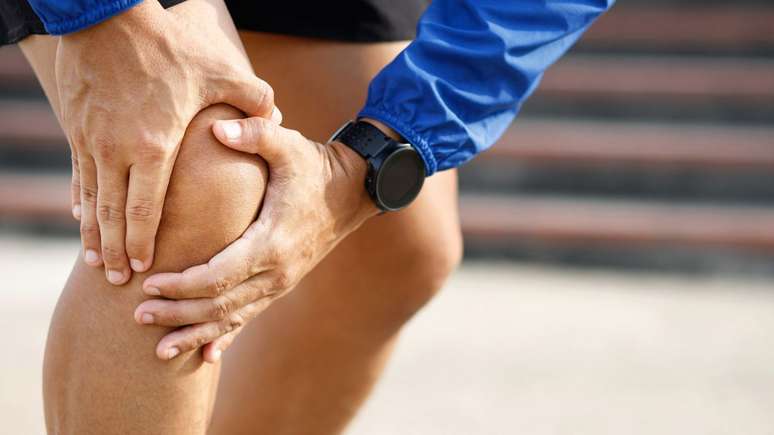Painful muscle contractions can arise for effort, dehydration or lack of minerals; Learn to avoid and relieve cramps
Almost everyone has crossed a cramps – that sudden, intense and involuntary muscle contraction that can emerge in the middle of a training, at night or even at rest. Although they are usually fleeting, they can cause pain and limit movements for a few seconds or minutes.
What are the cramps?
Cramps are sudden and involuntary contractions of the muscles. They happen when muscle fibers enter a state of hyperexcitability. In practice, factors such as excessive effort, dehydration, lack of minerals or even metabolic and neurological diseases can favor the problem. Intense exercises in hot and humid environments, for example, increase the loss of water and mineral salts per sweat, increasing the risk of cramps.
More common causes
Although they are very associated with physical activity, cramps can also have other origins. Among the most frequent causes are: physical inactivity and bad conditioning; Excessive or very intense training; dehydration; Live levels of calcium, potassium or magnesium; Pregnancy, especially at the end of pregnancy; bad blood circulation; use of some drugs, such as diuretics; And diseases such as diabetes, hypothyroidism or neurological disorders.
In most cases, the crises are not serious, but when they occur frequently, they last more than 10 minutes or even at rest, it is essential to ask for medical advice to investigate the cause.
How to prevent cramps
Good news: most of the time, you can avoid cramps with a simple daily care:
- Moisturize: Drink water during the day and increase consumption on hot days or during exercise;
- Include minerals in food: I invest in foods rich in calcium, magnesium and potassium, such as banana, green vegetables, seeds and dairy products;
- Stretching practice: Heat the body before physical activity and stretch the muscles after training;
- Respect the limits of the body: Gradually increase the intensity of the exercises;
- Remains active: Physical inactivity also contributes to the appearance of cramps.
What to do during the crisis
If cramp appears, some measures can quickly alleviate the discomfort. Gently stretch the interested muscle and massage the region to stimulate relaxation. You can also apply the heat on site (like a bag of hot water), walk slowly to improve circulation and replace liquids and electrolytes with water, coconut water or isotonic drinks.
Although they are usually benign, cramps require attention if they are very frequent, painful, accompanied by swelling, redness or muscle weakness. In such cases, a doctor should be consulted to exclude nutritional deficiencies or underlying diseases.
Source: Terra
Ben Stock is a lifestyle journalist and author at Gossipify. He writes about topics such as health, wellness, travel, food and home decor. He provides practical advice and inspiration to improve well-being, keeps readers up to date with latest lifestyle news and trends, known for his engaging writing style, in-depth analysis and unique perspectives.









